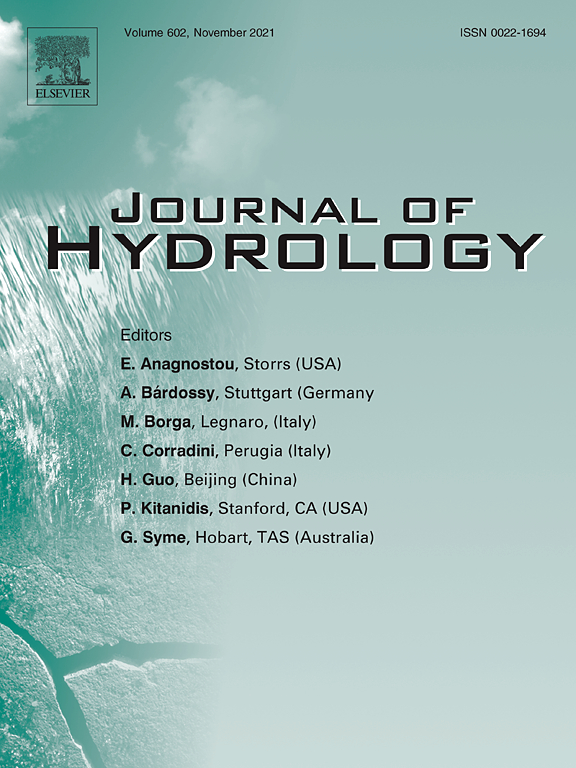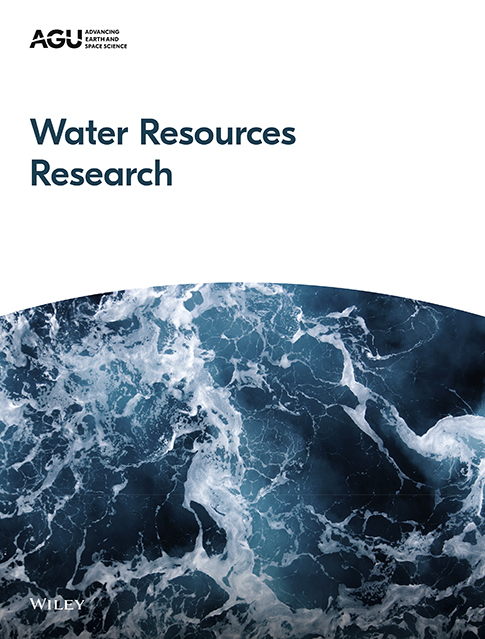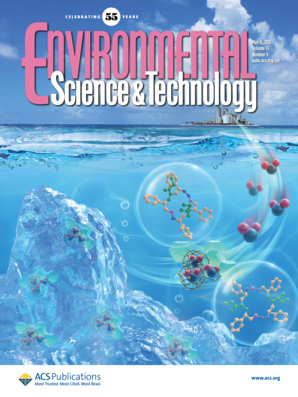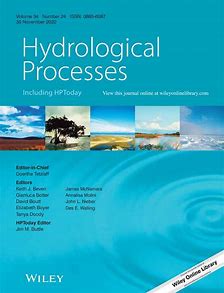- Programme area:3) Dimensions of Complexity of Aquatic Systems
Developing a conceptual model of groundwater – Surface water interactions in a drought sensitive lowland catchment using multi-proxy data
Increasing droughts require a better understanding of connectivity and groundwater-surface water interactions. The authors used a multi-proxy approach of isotope tracers, groundwater data and geophysics to develop a conceptual model of landscape connectivity and groundwater recharge and assessed the effects of land use and catchment properties of groundwater systems sensitive to climate change.
Improving process-consistency of an ecohydrological model through inclusion of spatial patterns of satellite-derived land surface temperature
Since the simulation of evaporation and vegetation response to moisture deficits is subject to uncertainties, the authors assessed the benefits of integrating satellite-based land surface temperature data into ecohydrological modelling. They show that even few satellite images can reduce uncertainties of vegetation parameters and improve simulated spatial patterns of land surface temperature.
Integrating Tracers and Soft Data Into Multi-Criteria Calibration: Implications From Distributed Modeling in a Riparian Wetland
This study aimed to unravel the heterogenous spatio-temporal patterns of hydrological processes in a riparian wetland over 2 years. The work provided insights into ecohydrological wetland functioning, but also revealed potential equifinality in process-based models even with abundant data for calibration, and solutions based on the integration of water isotopes and soft data into modelling.
Combined Surface-Subsurface Stream Restoration Structures Can Optimize Hyporheic Attenuation of Stream Water Contaminants
A numerical model was used to evaluate engineered stream restoration structures and how to maximise their impact on hyporheic contaminant attenuation. Combined surface-subsurface structures were able to simultaneously increase hyporheic fluxes and transit times, providing conditions for contaminant attenuation that were many times more effective than surface or subsurface structures alone.
Time Series of Electrical Conductivity Fluctuations Give Insights Into Long-Term Solute Transport Dynamics of an Urban Stream
A solute transport model was applied to diurnal electrical conductivity fluctuations in a river to obtain long-term time series of transport metrics. The study showed that differences in transport metrics occur in adjacent river reaches and that mowing of macrophytes can increase the transient storage area.
Improved understanding of vegetation dynamics and wetland ecohydrology via monthly UAV-based classification
The authors conducted monthly UAV flights for 2 years in a riparian wetland in Germany. Such multi-flight-based classification outperformed single-flight-based ones, providing a picture of vegetation community evolution. Apart from contributing to an evidence base for wetland management, such multi-flight UAV vegetation mapping could provide fundamental insights into their landscape ecohydrology.
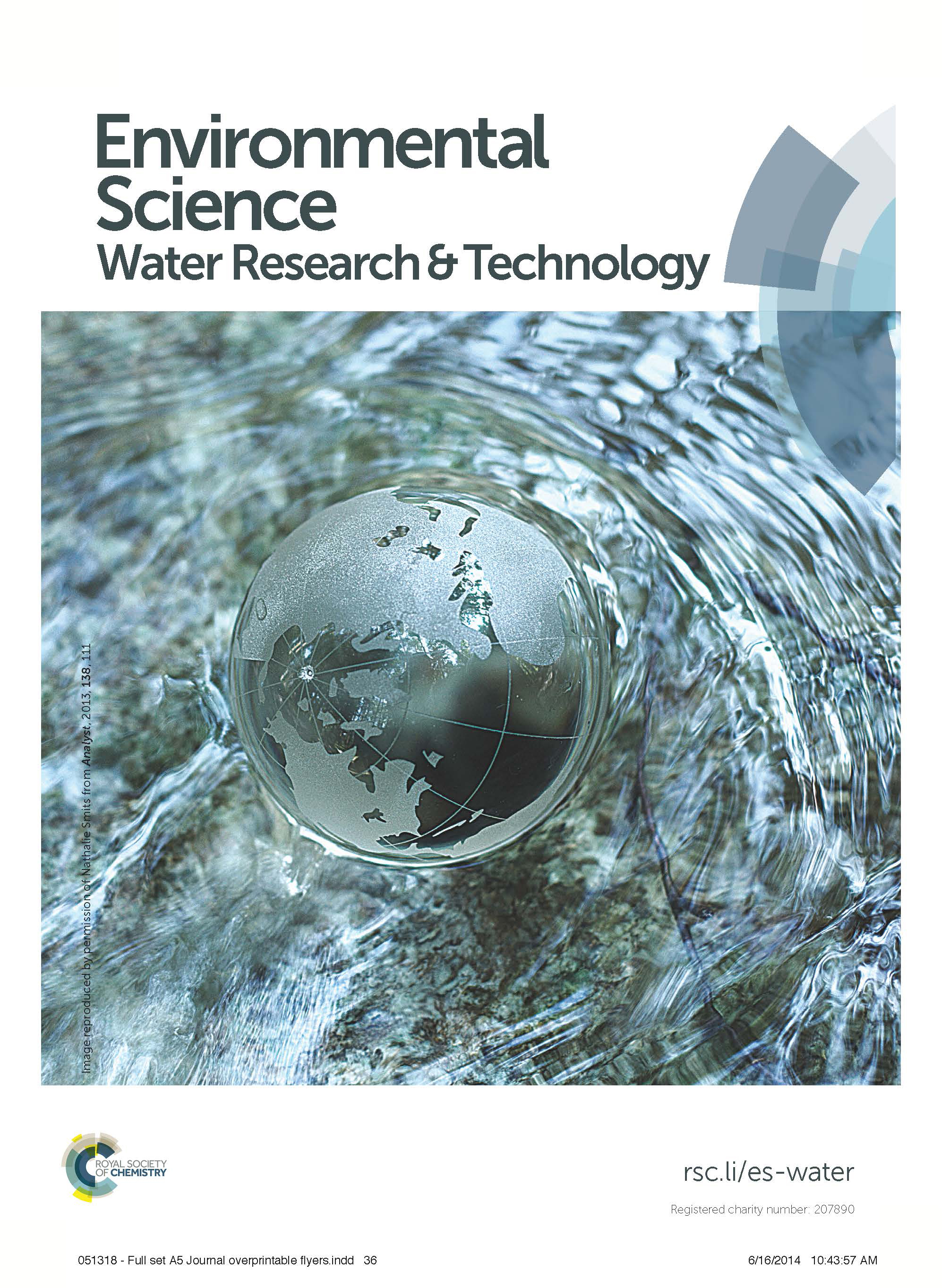
Urban stormwater capture for water supply: look out for persistent, mobile and toxic substances
Persistent, mobile and toxic (PMT) substances pose a threat to water supplies and aquatic ecosystems. This review article presents our current knowledge on PMT substances in urban stormwater and identifies future research needs for improved stormwater monitoring and management.
Environmental Science & Technology - 57(2023)38, 14101-14492
Predicting PFAS and Hydrophilic Trace Organic Contaminant Transport in Black Carbon-Amended Engineered Media Filters for Improved Stormwater Runoff Treatment
Hydrophilic organic contaminants and per- and polyfluoroalkyl substances (PFAS) are difficult to remove from stormwater runoff. A contaminant transport model was validated to better estimate the removal of contaminants in stormwater filtration systems.
Attenuation of trace organic compounds along hyporheic flow paths in a lowland sandbed stream
As the hyporheic zone of rivers can be very heterogeneous already at cm-scales, the authors developed an experimental setup to preset short and shallow hyporheic flow paths in the field and to sample pore water. In this experimental setup, the authors were able to study the attenuation of 18 different trace organic compounds wherein the majority were attenuated within the short oxic sections.
Synoptic water isotope surveys to understand the hydrology of large intensively managed catchments
Using seasonal, large scale synoptic sampling of stable water isotopes and tritium along the Spree allowed to assess water cycling, storage and losses. The Spree is heavily regulated and drought-sensitive due to high evapotranspiration losses. Such insights are important to adjust water management strategies.


